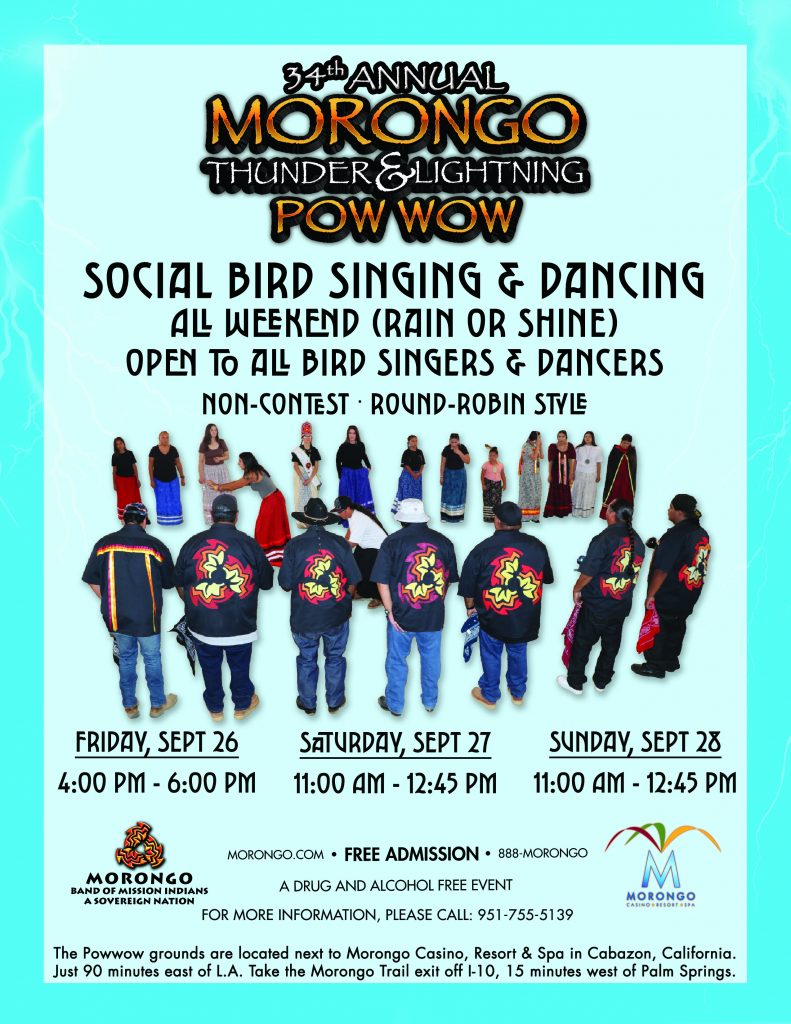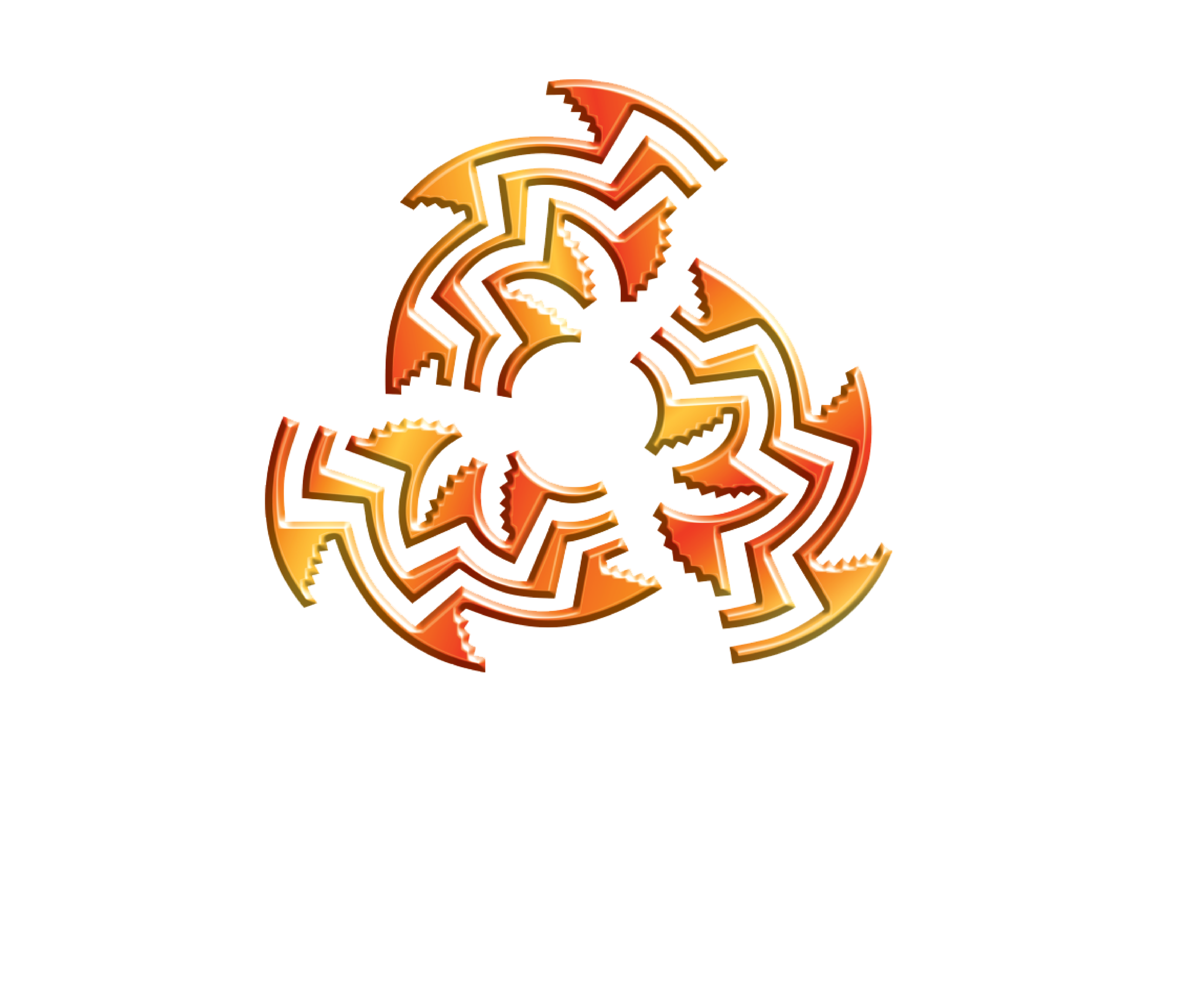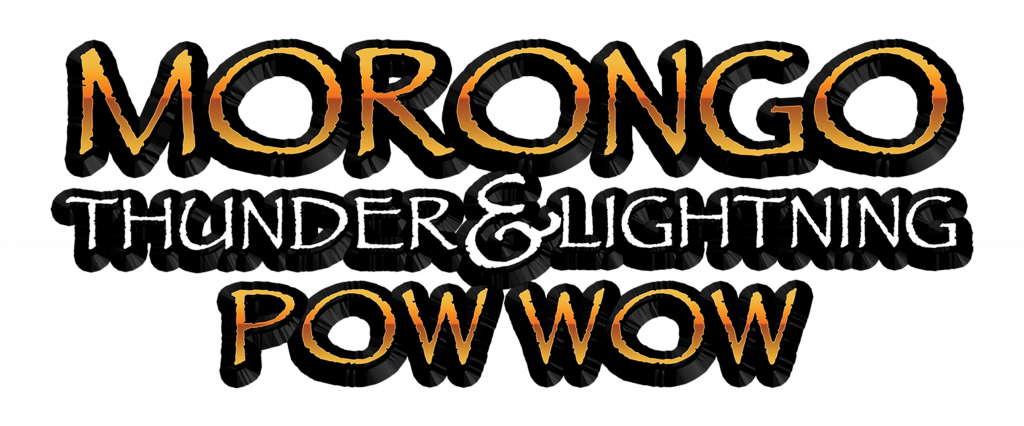The bird songs of the Cahuilla people are ancient songs that were given to the people long ago. It is not clear how old the songs are except that it is said they are “from the beginning,” gifted to the people by their creator Mukat. The moon maiden Menyil was also instrumental in teaching the people how to dance, play games and weave baskets. The bird songs were customarily sung during the bi-annual memorial ceremonies to honor the deceased. They were sung over the course of 3 nights, beginning at dusk and concluding at dawn. There are over 300 songs broken into 3 cycles that would be sung on each of the 3 nights. The bird songs chronical the history of the Cahuilla people including their creation and subsequent journey in search of their homelands. These songs were sung to remind the people of their history so that it would not be forgotten.
According to Cahuilla tradition, you had to be from a clan or family of singers who were designated to carry the songs for the people and their tradition was usually passed down from father to son. Young boys were taught to sing the bird songs at an early age and had to commit to memory hundreds of songs. These boys would later become a hawanik or keeper of the songs.
Unlike the many other Native American songs, the bid songs so not employ the use of drums to keep timing. Instead, a rattle constructed from a gourd and filled with palm seeds is used to create the rhythm of the songs. Dancers must be careful to step in unison with the rhythm of the rattle as it may alternated during the course of the song. Bird dancers generally have a distinct style which corresponds to their particular tribe. In addition, men and women each have different styles of dancing. The men are distinguished by their sharp and pronounced movements, while women have a more graceful and stationary style of swaying or hopping to the music.
Open Bird Singing & Dancing Sessions
ALL BIRD SINGERS AND DANCERS WELCOME
Friday, September 26th – 4:00 PM
Saturday, September 27th – 11:00 AM
Sunday, September 28th – 11:00 AM

Bird Singing & Dancing Contest
Saturday, Sept 27th at 5:00 PM



